Emphasis on Preventive Health Care
The emphasis on preventive health care is emerging as a crucial driver for the Women Health App Market. With a growing recognition of the importance of early detection and lifestyle management, women are increasingly utilizing health apps to monitor their well-being proactively. Data suggests that preventive health measures can reduce healthcare costs by up to 30%, which further incentivizes the adoption of health applications. This trend is likely to encourage the development of features that promote preventive care, such as symptom checkers and personalized health assessments. As a result, the Women Health App Market is poised for growth as more women prioritize preventive health strategies.
Growing Demand for Mental Health Support
The growing demand for mental health support is increasingly shaping the Women Health App Market. Mental health issues disproportionately affect women, leading to a heightened need for accessible resources. Recent studies indicate that nearly 1 in 5 women experience mental health challenges, which has prompted the development of apps focused on mental well-being. These applications often provide features such as guided meditation, therapy resources, and community support. As awareness of mental health continues to rise, the Women Health App Market is expected to expand, offering a variety of tools designed to support women's mental health needs.
Rising Awareness of Women's Health Issues
The increasing awareness surrounding women's health issues is a pivotal driver for the Women Health App Market. As more women become informed about their health needs, there is a growing demand for applications that cater specifically to these requirements. Reports indicate that approximately 60% of women actively seek health information online, which underscores the necessity for tailored health solutions. This trend is likely to propel the development of apps that address various aspects of women's health, including reproductive health, mental well-being, and chronic disease management. Consequently, the Women Health App Market is expected to expand as developers create innovative solutions that resonate with this heightened awareness.
Technological Advancements in Mobile Health
Technological advancements in mobile health are significantly influencing the Women Health App Market. The proliferation of smartphones and wearable devices has facilitated the integration of health monitoring features into everyday life. For instance, the market for wearable health technology is projected to reach USD 60 billion by 2025, indicating a robust interest in health-tracking solutions. These advancements enable women to monitor their health metrics conveniently, leading to increased engagement with health applications. As technology continues to evolve, the Women Health App Market is likely to witness a surge in user adoption, driven by the desire for accessible and efficient health management tools.
Increased Investment in Women's Health Technologies
Increased investment in women's health technologies is a notable driver for the Women Health App Market. Venture capital funding for health tech startups focusing on women's health has surged, with investments reaching over USD 1 billion in recent years. This influx of capital is fostering innovation and the development of new applications that address specific health concerns faced by women. As investors recognize the potential for growth in this sector, the Women Health App Market is likely to benefit from enhanced resources and support for emerging technologies. This trend may lead to a wider array of solutions that cater to diverse health needs.


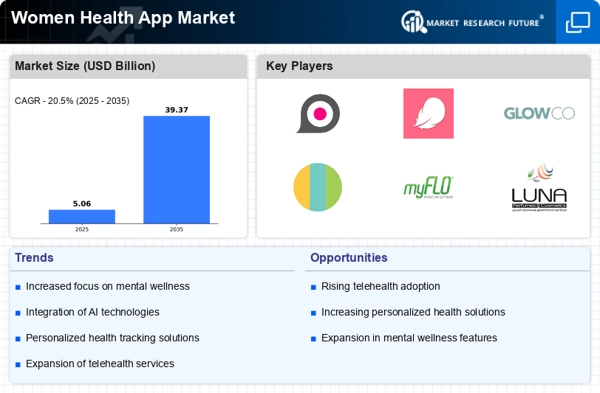
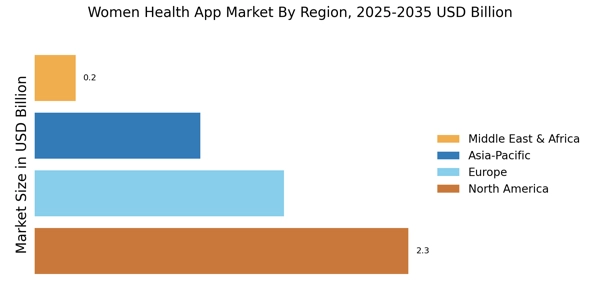
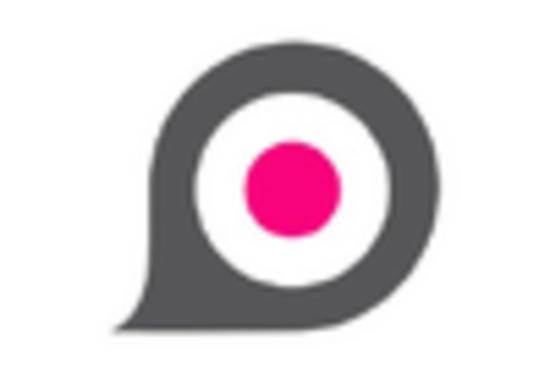
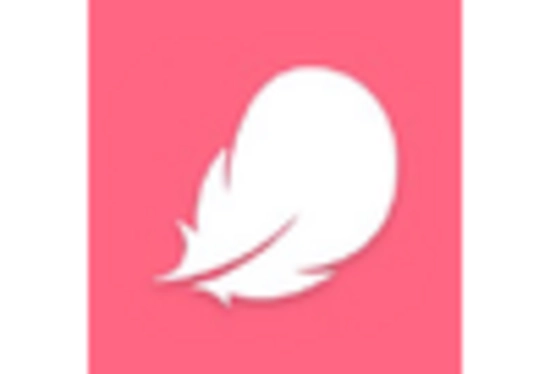
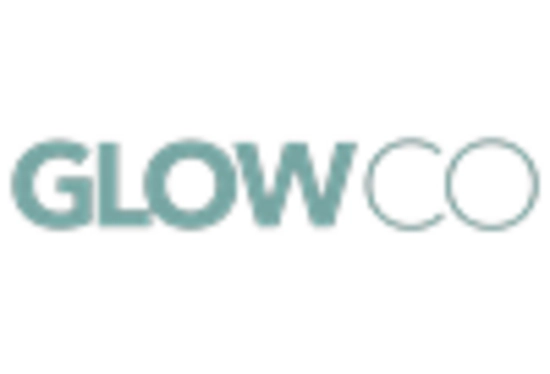











Leave a Comment